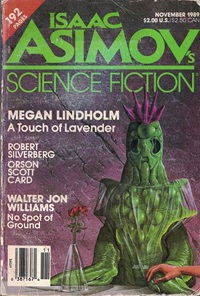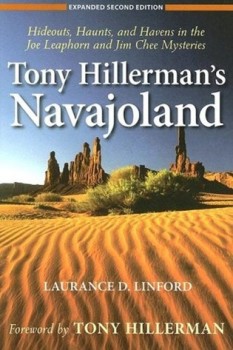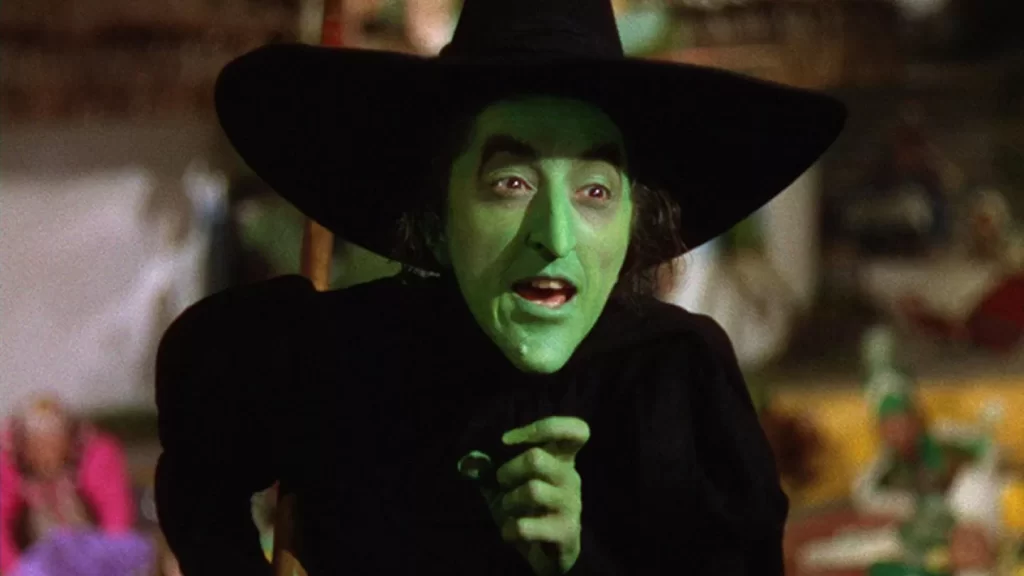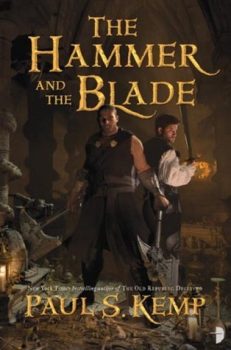 “You’re the second guy I’ve met within hours who seems to think a gat in the hand means a world by the tail.” – Phillip Marlowe in Raymond Chandler’s The Big Sleep
“You’re the second guy I’ve met within hours who seems to think a gat in the hand means a world by the tail.” – Phillip Marlowe in Raymond Chandler’s The Big Sleep
(Gat — Prohibition Era term for a gun. Shortened version of Gatling Gun)
Back in 2022, I covered three different Pulp genres of Robert E. Howard. The third looked at one of my REH favorites – the Adventure Pulps. I talked about Kirby O’Donnell’s “Gold from Tartary.” You can read that here.
Howard had created El Borak as teen, and refined him years later, with “The Daughter of Erlik Khan” appearing in December of 1934. El Borak is his best-known ‘Cowboy of the East,’ and rivals Conan as my favorite REH character. But Howard found it impossible to break into the higher-paying Adventure pulps, and only four of his seven El Borak stories saw print during his lifetime. Two were published not long after his suicide, while the other two lay unpublished for decades.
Kirby O’Donnell was a similar character to El Borak, and he saw print first, with “Swords of Shahrazar in the October, 1934 issue of Top-Notch Magazine. I talked about that publication in my prior essay. Curiously, “Swords” was actually a direct sequel to “Gold from Tartary,” which appeared after “Swords,” in the January, 1935 issue of Thrilling Adventures.
“Swords” was about twice as long as “Gold,” and maybe that played into the decision to pass on it. But it certainly flows smoother to read “Gold,” then “Swords.”
I mentioned in “Gold” that Howard starts thing off FAST. Here, O’Donnell had awoken to a stealthy footstep near his room in the palace of forgotten Shahrazar. And in paragraph four, there was “a great black body hurtling at him from the shadows, the gleam of a plunging knife.”
…
Read More Read More









